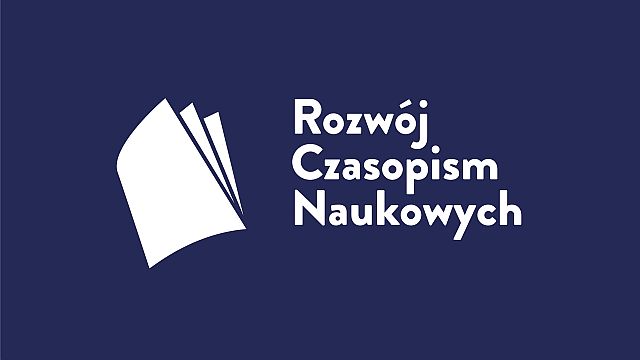Początki nowoczesnej japońskiej literatury dziecięcej
Abstrakt
In Poland, despite the fact that Japanese literature is very thoroughly researched, described and translated, the section of literature dedicated to children (jidōbungaku), for years remained neglected and marginalized. As a result, it is an area completely undiscovered and unexplored. At the beginning of the article, the key role of education and its development in modernizing Japan is presented. Then, the literature of the first twenty years of the Meiji period (1868–1888) is outlined together with introduction of main mass-published magazines on children’s literature. Among them, it was the periodical “Shōnen sekai” that played an epochal role, so its activity and involvement in shaping the children’s literature of the Meiji period are discussed in detail. In the following chapters, the silhouette of Iwaya Sazanami is presented together with his representative work – a fairy tale (otogibanashi) entitled Koganemaru (boy’s name). This is because Koganemaru is considered the most important turning point in the difficult course of systematising children’s literature in modernizing Japan. This article, probably innovative, by examining the beginnings and the process of almost 40 years of emerging of Japanese children’s literature, will fill an important gap in the study of Japanese literature in Poland and maybe become an essential starting point for its development.
Downloads
Bibliografia
Cave P., Introduction: children, education, and media in Japan and its empire, „Japan Forum” 2016, vol. 28, issue 1.
Fukuda K., Iwaya Sazanami [w:] Nihon kindai bungaku jiten [Słownik japońskiej literatury nowoczesnej], ed. S. Odagiri, Tokyo 1984.
Hara S., Ibunka inyū to shite no honyaku [Tłumaczenie jako transfer obcej kultury] [w:] Hajimete manabu nihon jidō bungaku shi [Historia japońskiej literatury dziecięcej dla początkujących], ed. S. Torigoe, Kyoto 2009.
Kawabata A., Jidō bungaku no kyōkasho [Podręcznik literatury dziecięcej], Tokyo 2013.
Kawahara A., Kodomo kan no kindai [Nowoczesne spojrzenie na kwestie dziecka], Tokyo 1998.
Kin’ya K., Shōnen’en [w:] Jidōbungaku jiten [Słownik literatury dziecięcej], ed. M. Namekawa, Tokyo 1988.
Melanowicz M., Historia literatury japońskiej, Warszawa 2012.
Naka A., Gakkō no rekishi: dainikan, shōgakkō no rekishi [Historia szkoły: część druga – historia szkół podstawowych], Tokyo 1979.
Namekawa M. (ed.), Jidōbungaku jiten, Tokyo 1988.
Nishida Y., Shōnen sekai [w:] Jidōbungaku jiten [Słownik literatury dziecięcej], ed. M. Namekawa, Tokyo 1988.
Odagiri S., Nihon kindai bungaku jiten [Słownik japońskiej literatury nowoczesnej], Tokyo 1984.
Okaya A., Kodomoron wo kentō suru [Rozważania nad teorią dzieci], „Journal of the Faculty of Education” 1999, vol. 10.
Patessio M., Women and Public Life in Early Meiji Japan. The Development of the Feminist Movement, Ann Arbor 2011.
Torigoe S., Hajimete manabu nihon jidō bungaku shi [Historia japońskiej literatury dziecięcej dla początkujących], Kyoto 2009.
Tsuzukihashi T., Nihon jidō bungaku no rekishi [Historia japońskiej literatury dziecięcej] [w:] Nihon jidō bungaku gairon [Wstęp do japońskiej literatury dziecięcej], ed. Nihon Jidō Bungaku Gakkai, Tokyo 1976.
Twine N., The Genbunitchi Movement. Its Origin, Development and Conclusion, „Monumenta Nipponica” 1978, vol. 33, no. 3.
Yayoshi K., Eisaishinshi [w:] Jidōbungaku jiten [Słownik literatury dziecięcej], ed. M. Namekawa, Tokyo 1988.

 Uniwersyteckie Czasopisma Naukowe
Uniwersyteckie Czasopisma Naukowe





